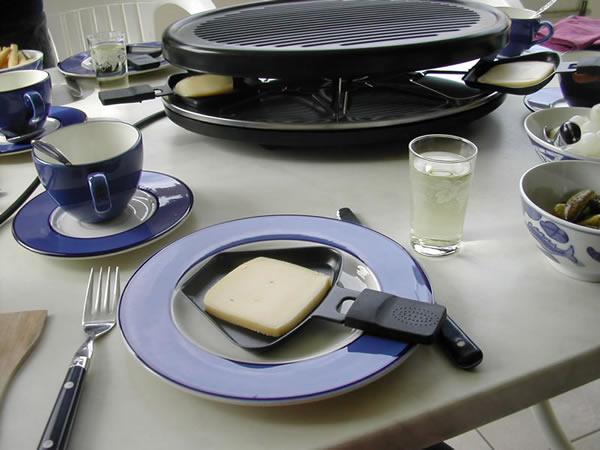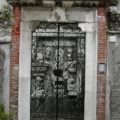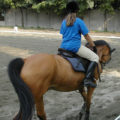On Monday Enrico brought home our new car, a Fiat Stilo. It took him a month of intensive research to eventually return to his first, instinctive choice – which is simply the next generation of the Fiat Tipo turbo diesel that served us (more or less faithfully) for 13 years, which was itself a replacement for the Fiat Uno handed down by his parents.
Ross is disappointed: a Fiat isn’t cool enough for her (she hangs out with a wealthy crowd in Lecco – I have recently had to explain to her why SUVs are evil, even for people who can afford them). Enrico and I care little about cars beyond that they should run as reliably and cheaply as possible, while maintaining a basic level of comfort and safety.
I went with him on a few car-testing trips, and realized that we were a very confusing couple for the car salesmen to deal with. Given the types of cars Enrico had been looking at, everyone assumed he was choosing a vehicle for his wife. A year or so ago, before we were actively thinking about replacing the Tipo, Ross asked us: “If you could have any kind of car in the world, what kind would you get?” Enrico’s response was: “A minivan.” At which I laughed out loud and told him he was henceforth banned from the fraternity of real men – a real man, at least in his fantasies, would aspire to a Lamborghini or some such!
So the car dealers asked if I wanted to test drive (I didn’t), and insisted on showing me the wife-friendly features like hooks to hang your shopping bags in the trunk (I do most of my big shopping on the Internet, so a nice man with a truck brings it to my house). For most of the test drives, I insisted on sitting in the front passenger seat – my usual place. Once, when we tried a big (used) Citroen sedan, the salesman got there before me, and throughout the drive kept up a stream of manly talk about the powerful engine etc. Nice car, but his attitude would have nixed that sale even had we seriously been in the market for a car that big and expensive to fuel.
My only test, in all the cars, was to sit in the front passenger seat, slide it all the way back, then get into the seat behind it and see how much legroom was left. If I could sit comfortably without my knees touching the back of the front seat, the car passed. Enrico laughed at this, but I have long legs, and always hated being stuck in the back seat just because I was the kid. Several members of our extended family also have long legs, and when they’re visiting I don’t want them (or me) to suffer.
I was amused and delighted to find that one car dealer was selling cars and trucks made by Tata, an Indian company. Last year in Mumbai I had met an Italian who was trying to re-introduce Fiats to the Indian market – with globalization, what goes around comes around!
So we’ve done our bit for the Italian economy, buying local, and at least two of us are satisfied with our purchase. The next question is just how fancy a navigation and music system to put into it. We definitely want GPS navigation (to save arguments about whether I’m reading the map properly), and would like something that interfaces intelligently with our iPods. Hmm. We have some more studying to do”¦ and I can look forward to playing with the heads of salesmen who will expect me to know far less about electronics than my husband does!

















